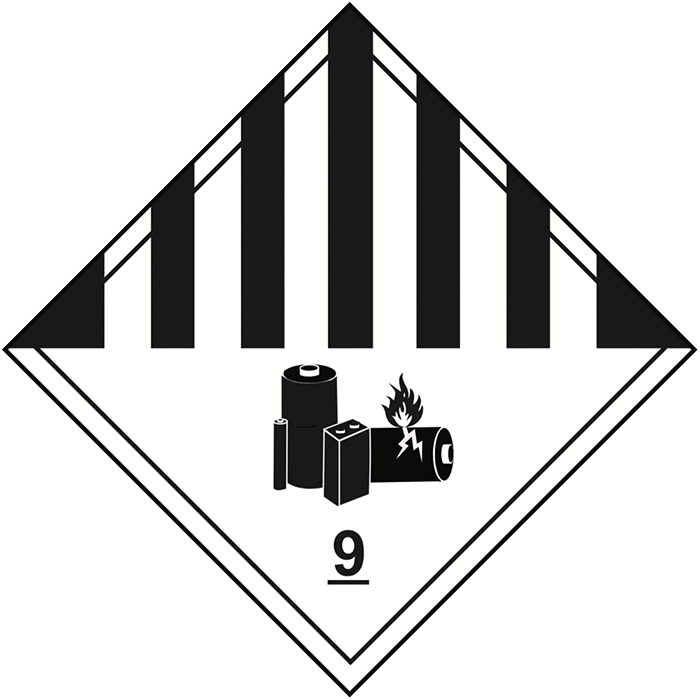We all encounter batteries every day, but we don’t often think about the dangers they can pose, especially in shipping environments. Improperly packaged batteries can cause fires and other hazardous events, so it is important that anyone involved in their shipment is aware of the risks and is knowledgable in ensuring proper packaging to minimize those risks.
Eduwhere’s Shipping Batteries course provides training in the proper shipping of batteries, including lithium batteries, both by ground (DOT) and air (IATA). It is designed to meet the training requirements for both ground transportation (49 CFR 172.704) and transport by air (IATA Section 1.5), and is updated to include the latest IATA changes to the lithium battery requirements. The training covers the specific requirements for lithium-ion and lithium metal batteries, wet and dry batteries, and battery-powered vehicles and equipment. However, this course does not cover shipment of batteries containing sodium.
Our course covers training requirements for shipping batteries, including selecting the proper shipping name, marks and labels, and packaging, and how to appropriately prepare shipping papers. It also covers important shipping limitations related to passenger and cargo aircraft. This training is designed to protect the safety of people and property when batteries and battery-powered devices are being shipped. If you or your company are involved in the shipment of lithium batteries, alkaline, Ni-Cd, lead-acid, lead-alkali, or non-spillable batteries, or battery powered equipment, Eduwhere’s Shipping Batteries course may be appropriate to ensure safe and legal shipment of your packages.





